News
The Making of Cujo: Author Lee Gambin Talks New Book
Based on Stephen King’s 1981 novel, the 1983 rabid dog horror film Cujo was just one of three King film adaptations to arrive that years. Cujo was joined by Christine, and the best King film adaptation in the decade, The Dead Zone. A modest box office success, Cujo has, like so many genre films from the 1980s, enjoyed an enthusiastic during its post-theatrical afterlife, which has spanned over a third of a century.
Now author and film historian Lee Gambin has written a book, titled Nope, Nothing Wrong Here: The Making of Cujo, which details the making of the film. I had the chance to talk to Gambin about his reasons for writing this book, which will be published by BearManor Media. The book can be preordered at the publisher’s website.

DG: What inspired you to write a book about the making of the film Cujo?
LG: I have always loved the film – and the book. I feel that the movie is an incredibly well made, tight, solid motion picture and on top of that, one thing I really admire about it, is its complexity hidden within the very straight forward deceptively “simplistic” story. I wanted to examine all the aspects of this in the book, and on top of that of course find out everything about the production. Also, a lot of work I had done leading up to starting work on the book had something to do with Cujo. For example, I wrote a book on eco-horror movies called Massacred By Mother Nature: Exploring the Natural Horror Film, and in that I write on Cujo. And then there was/is my connection to Dee Wallace – during very early days of mapping out the book I worked with Dee as part of Monster Fest here in Melbourne. So these elements all helped pave the way to working on this book which is an exhaustive exploration into the film – from a “making of” perspective with an academic angle as well.
DG: What was your plan for writing the book, and how did this evolve and unfold as you moved deeper into the writing process?
LG: I had just completed a book all about the making of The Howling, and that really dictated how I set out to write the book on Cujo. The way I structured The Howling book was to go scene by scene and integrate quotes from the mammoth amount of interviews I got for it. I decided this was a beautiful way to go – to really dissect and critically examine the narrative makeup, thematic ingredients, character and the mythic qualities of the film as well as giving a voice to the people who worked on the film. Cujo is exactly set up in the same way.
DG: What are the themes of Cujo that you wanted to explore with this book?
LG: There are so many incredible themes weaved within the fabric of Cujo – there is the concept of the disturbance in nature, domestic unrest, infidelity, human suffrage, alienation, the Three Days of Darkness, the “woman in the storm” archetype, redemption, the monster imagined and real. I mean, this film has so much depth and intelligence, and there is truly a lot to explore. Outside of all that, there are the dozens of interviews that are truly candid and generous, so the production element to the book is massive. I really do feel this is an ultimate in making of books – I’m pretty proud of it. I really tried to leave no stone unturned.
DG: What was the biggest challenge in writing the book?
LG: The fact that there were a lot of people who are no longer with us that would have been amazing to have on board. For example, the screenwriter Barbara Turner passed away the month before I started work on the book (as in gathering the interviews), and that was sad because she was so integral. Also, the editor, Neil Machlis, who did such a superb job, is no longer alive, so it would have been amazing to have his input. But I feel over thirty interviews with a bunch of Cujo alumni is healthy to say the least!
DG: Whom did you interview for the book?
LG: Dee Wallace, Lewis Teague, Danny Pintauro, Daniel Hugh Kelly – so many people. Gary Morgan is a wonderful storyteller; he was the guy in the dog suit! Also Teresa Ann Miller shared stories about her father, animal trainer Karl Lewis Miller, so it was lovely to hear all about the St. Bernards used for the film. Robert and Kathy Clark are in there, and they were part of the SFX team, so there is some excellent stuff discussing the animatronic dog, the puppet head, the dog head that would be used to propel into the Pinto door and so much more. I also interviewed people such as Danny Pintauro’s mother, who was on set throughout the shoot, people involved with the film before Lewis Teague came on board such as originally assigned director Peter Medak (which is the first ever time he has talked about this) and his DOP Tony Richmond. There are a lot of people in here.

DG: Tell me something about the film that I wouldn’t know unless I read this book?
LG: Oh there are a lot of things that I am sure even the most hardened fan wouldn’t know. One thing that really surprised me was the fact that there was a deleted scene that actor Robert Craighead talked to me about. It occurs just before Kaiulani Lee’s character tells Ed Lauter that she has won the lottery and moments before Ed finds the engine hoist in his garage. Craighead plays a delivery man who, along with his partner, drops off the machinery, only to come across an agitated Cujo who leaps up and scares them. This is before the rabies virus has really gotten its grip on the poor pooch, so he is still confused by it all. Craighead told me that Lewis Teague thought that the scene played out to “light”, and that it would throw the audience, seeing that Cujo is such a straight film with a steady serious tone. The scene had Craighead and his partner speed off in their delivery truck, one of them flipping the bird to the St Bernard. I have a great still from it that will be featured in the book.
DG: Lee, when you look back at the writing of this book, is there one memory – or one anecdote that was given to you by an interview subject – that stands out in your mind when you recall this process?
LG: Good question – but in all honesty, most of the interviewees have provided amazing insight that will stick with me forever. One thing that I have to say that means a lot to me is the fact that in some small way, I have bridged a thirty plus year gap between Peter Medak and Lewis Teague. Medak told me that he refused to watch the film after he was fired from the project (this was the only film he was ever fired from – he had walked off movies such as major projects involving the likes of Barbra Streisand and Sean Connery, but this was the first he was fired from). But then in the evening before I interviewed him, he watched the film and was completely impressed. When I talked to him, he told me to pass on congratulations to Lewis Teague. I did this, but I did something more. I introduced the two men, and all resentment was put to rest after all these years. It was pretty special.
DG: Lee, when I think of Cujo, I think of the crowd of Stephen King film adaptations that appeared from the early 1980s on. Cujo was just one of the three King adaptations that were released in 1983, along with Christine, and, of course, The Dead Zone, which many, including myself, believe is one of the best of the King film adaptations. Question: What do you think sets Cujo apart from the rest of the King film adaptations from this time period?
LG: It – 1983 – was a wonderful year for King adaptations, most certainly. There were three superb directors working on these films – John Carpenter, David Cronenberg and, of course, Lewis Teague – as well as brilliant horror affiliates on each film such as Debra Hill and Dee Wallace etc. But the thing that separates Cujo from films like Christine and The Dead Zone is the fact that it is a horror film grounded in reality. Cujo is one of those rare Stephen King stories (Misery comes to mind also) that doesn’t rely on supernatural horror – there is no telekinetic teen or haunted house or vampires or killer cars. Instead it is simply a story about a woman trapped by her own personal situation and then eventually trapped by a rabid 200 pound St. Bernard.

DG: Lee, besides your interviews, what additional materials did you gather for this book, namely pictures, and how did you find all of this?
LG: Lots of research was involved, but most of it was a case of sourcing materials from interviewees themselves.
DG: Lee, every film production has a story, an overarching conflict or rhythm that defined the making of the film. Question: What was the mood like during the filming, between the cast and crew, and were there any major conflicts that arose during the filming?
LG: Cujo was a very, very complicated shoot. There were tensions, arguments galore, a lot of miscommunication and hostility. However, on the flipside of that, there was a lot of love, support, solidarity, care, compassion and unity. I guess it depends on whom you ask! A lot of the interviewees seem to have an issue with DOP Jan de Bont – who never responded to requests, and therefore is someone actively missing from the book. It was amazing to hear from both aspects of the argument and to hear how different people preferred to work – for example, Daniel Hugh Kelly hated the fact that Barbara Turner’s screenplay was being pushed aside for Don Carlos Dunaway’s rewrites, while Dee Wallace preferred the “less is more” approach to the film in regards to the dialogue aspect.
DG: Lee, was there any thought given to killing off the Tad character in the film, in keeping with the book, and were there any other story elements that were discarded prior to the start of filming?
LG: Dee Wallace had a lot of dramaturgical input for this production and someone as generous and perceptive as Lewis Teague took this on board. One of those things was the killing of Tad. She was adamant that the child not die, and Stephen King himself agreed. His original draft for the screenplay had Tad survive the siege. As far as other story elements, there were primarily two that were dropped – one was the link between The Dead Zone and Cujo where the dog would be “considered” to be a reincarnation of the Frank Dodd character (the killer in The Dead Zone). This was toyed around with and plotted by Barbara Turner in her draft of the screenplay. Peter Medak loved this idea. The two of them worked on concepts together.
Turner’s screenplay would therefore somewhat have a supernatural element to it. This is something that Teague would drop completely when he took over the film. When Medak was fired, Turner was so hurt that she told the studio to change her name in the credits to Lauren Currier, and her work on the supernatural subplot was completely omitted. However, all of the siege sequence is all of her writing.
The second major story element that was made miniscule in the final film was the relationship between Ed Lauter and Kaiulani Lee’s characters – Joe and Charity Camber. Plus there was stuff originally in there involving the cereal scare and so forth. But yes, the film became much leaner in final execution.
DG: Ultimately, Lee, what is the story of this book, the impression that you think readers will be left with, in regards to the film, the making of the film, and the time period in which it was made?
LG: I think anyone interested in film history will love hearing the stories from the set. I think it is a really amazing condensation of mixed feelings and a perfect example of the creative process, the creative experience, and how artists tick.
Preorder Nope, Nothing Wrong Here: The Making of Cujo here.
Listen to the 'Eye On Horror Podcast'

News
Melissa Barrera Says Her ‘Scream’ Contract Never Included a Third Movie
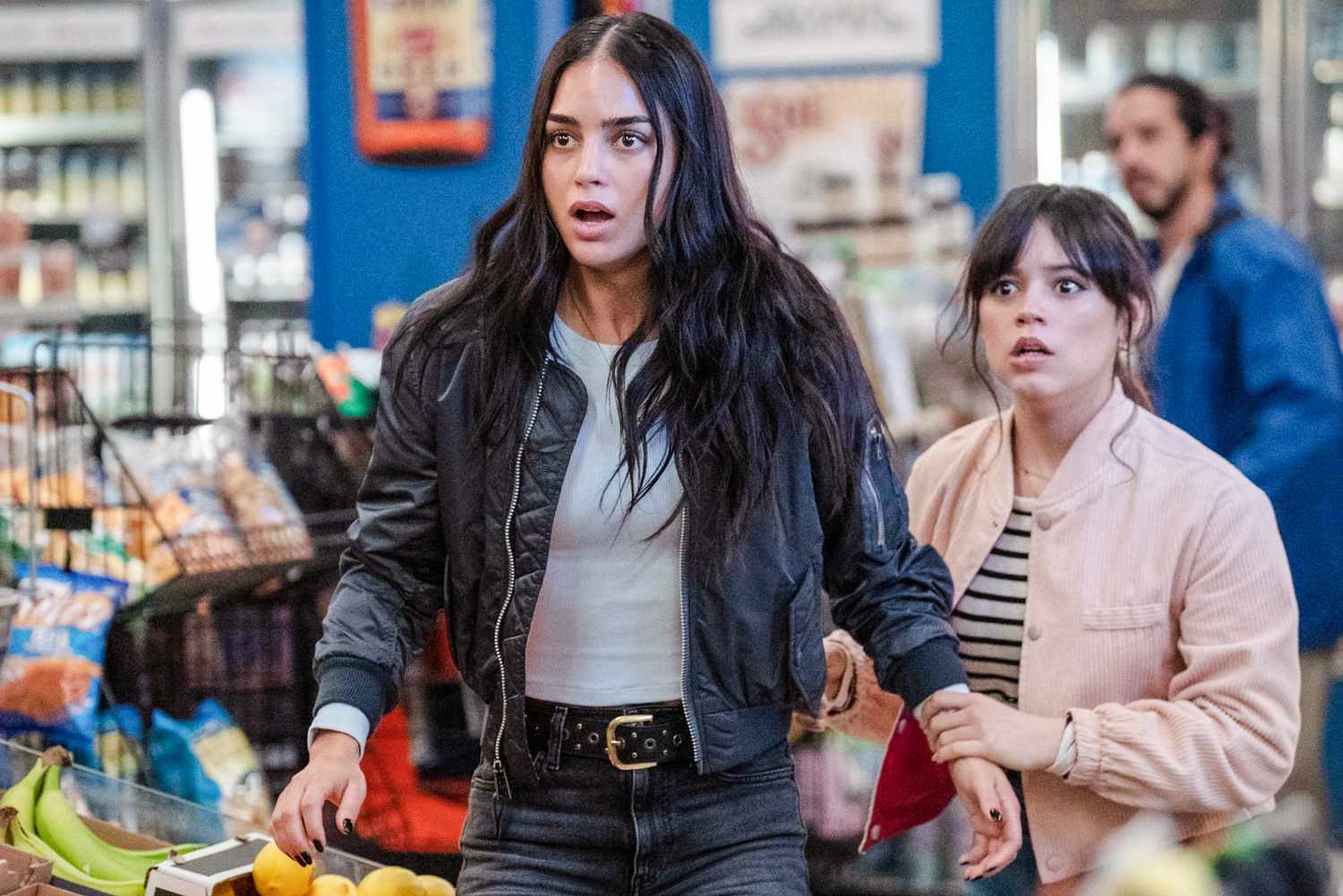
The Scream franchise has done a major overhaul to its original script for Scream VII after its two main leads departed production. Jenna Ortega who played Tara Carpenter left because she was overly booked and blessed while her co-star Melissa Barrera was fired after making political comments on social media.
But Barrera isn’t regretting any of it. In fact, she is happy where the character arc left off. She played Samantha Carpenter, the latest focus of the Ghostface killer.
Barrera did an exclusive interview with Collider. During their talk, the 33-year-old says she fulfilled her contract and her character Samantha’s arc finished at a good spot, even though it was meant to be a trilogy.
“I feel like the ending of [ Scream VI ] was a very good ending, and so I don’t feel like ‘Ugh, I got left in the middle.’ No, I think people, the fans, were wanting a third movie to continue that arc, and apparently, the plan was a trilogy, even though I was only contracted for two movies.
So, I did my two movies, and I’m fine. I’m good with that. I got two – that’s more than most people get. When you’re on a TV show, and it gets canceled, you can’t harp on things, you gotta move on.
That’s the nature of this industry too, I get excited for the next job, I get excited for the next skin I get to put on. It’s exciting to create a different character. So yeah, I feel good. I did what I set out to do. It was always meant to be two movies for me, ’cause that was my contract, and so everything is perfect.”
The entire production of the original seventh entry has moved on from the Carpenter’s storyline. With a new director and new script, production will resume, including the return of Neve Campbell and Courtney Cox.
Listen to the 'Eye On Horror Podcast'
News
Read Reviews For ‘Abigail’ The Latest From Radio Silence

The review embargo has lifted for the vampire horror movie Abigail and the reviews are abundantly positive.
Matt Bettinelli– Olpin and Tyler Gillett of Radio Silence are getting early praise for their latest horror movie which opens on April 19. Unless you’re Barbie or Oppenheimer the name of the game in Hollywood is about what kind of box office numbers you pull on opening weekend and how much they drop thereafter. Abigail could be this year’s sleeper.
Radio Silence is no stranger to opening big, their Scream reboot and sequel packed fans into seats on their respective opening dates. The duo are currently working on another reboot, that of 1981’s Kurt Russel cult favorite Escape From New York.
Now that ticket sales for GodzillaxKong, Dune 2, and Ghostbusters: Frozen Empire have gathered patina, Abigail could knock A24’s current powerhouse Civil War from the top spot, especially if ticket buyers base their purchase off reviews. If it is successful, it could be temporary, since Ryan Gosling and Emma Stone’s action comedy The Fall Guy opens on May 3, just two weeks later.
We have gathered pull quotes (good & bad) from some genre critics on Rotten Tomatoes (score for Abigail currently sits at 85%) to give you an indicator of how they are skewing ahead of its release this weekend. First, the good:
“Abigail is a fun, bloody ride. It also has the most lovable ensemble of morally grey characters this year. The film introduces a new favorite monster into the genre and gives her room to take the biggest swings possible. I lived!” — Sharai Bohannon: A Nightmare On Fierce Street Podcast
“The standout is Weir, commanding the screen despite her small stature and effortlessly switching from apparently helpless, terrified child to savage predator with a mordant sense of humor.” — Michael Gingold: Rue Morgue Magazine
“‘Abigail’ sets the bar as the most fun you can have with a horror movie of the year. In other words, “Abigail” is horror on pointe.” — BJ Colangelo: Slashfilm
“In what may become one of the greatest vampire movies of all time, Abigail provides an extremely bloody, fun, humorous & fresh take on the subgenre.” — Jordan Williams: Screen Rant
“Radio Silence have proven themselves as one of the most exciting, and crucially, fun, voices in the horror genre and Abigail takes this to the next level.” — Rosie Fletcher: Den of Geek
Now, the not-so-good:
“It’s not badly made, just uninspired and played out.” — Simon Abrams: RogerEbert.com
A ‘Ready or Not’ redux running on half the steam, this one-location misfire has plenty of parts that work but its namesake isn’t among them.” –Alison Foreman: indieWire
Let us know if you are planning to see Abigail. If or when you do, give us your hot take in the comments.
Listen to the 'Eye On Horror Podcast'
Movies
Ernie Hudson To Star In ‘Oswald: Down The Rabbit Hole’
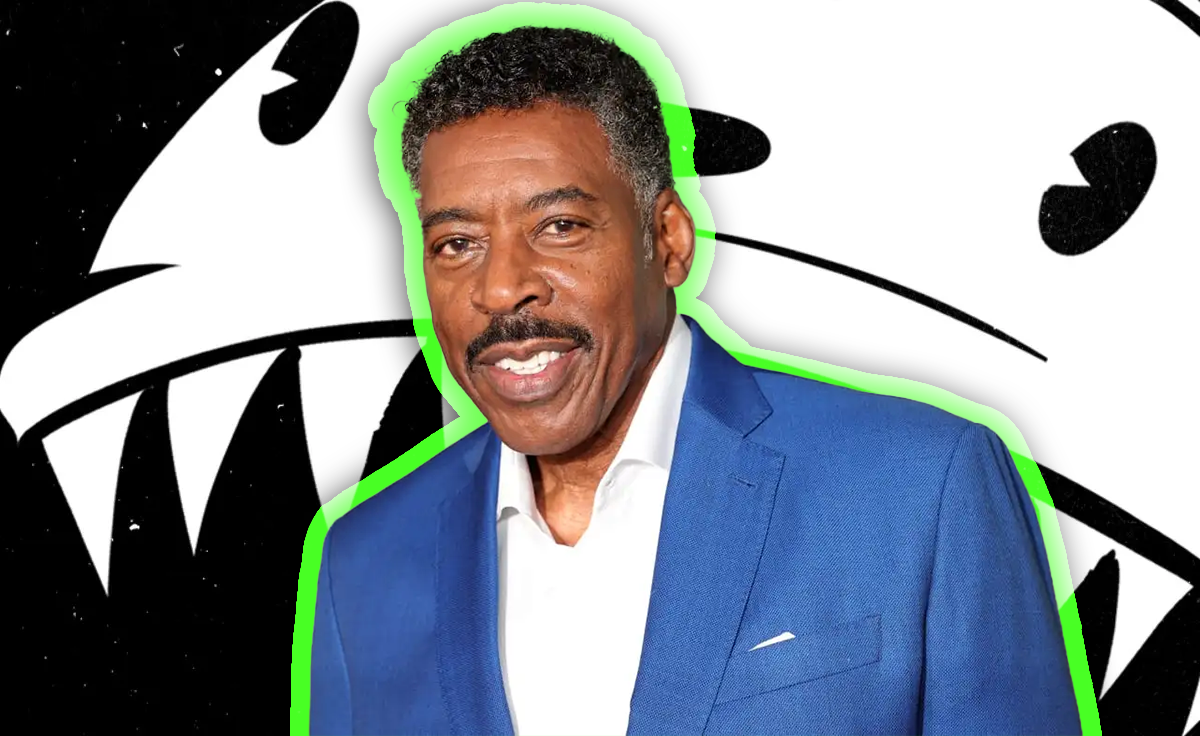
This is some exciting news! Ernie Hudson (Ghostbusters 1984, The Crow 1994) is set to star in the upcoming horror film titled Oswald: Down The Rabbit Hole. Hudson is set to play the character Oswald Jebediah Coleman who is a brilliant animator that is locked away in a terrifying magical prison. No release date has been announced yet. Check out the announcement trailer and more about the film below.
The film follows the story of “Art and some of his closest friends as they help track down his long-lost family lineage. When they find and explore his Great-Grandpa Oswald’s abandoned home, they encounter a magical TV that teleports them to a place lost in time, shrouded by dark Hollywood Magic. The group finds that they are not alone when they discover Oswald’s come-to-life cartoon Rabbit, a dark entity that decides their souls are it’s for the taking. Art and his friends must work together to escape their magical prison before the Rabbit gets to them first.”
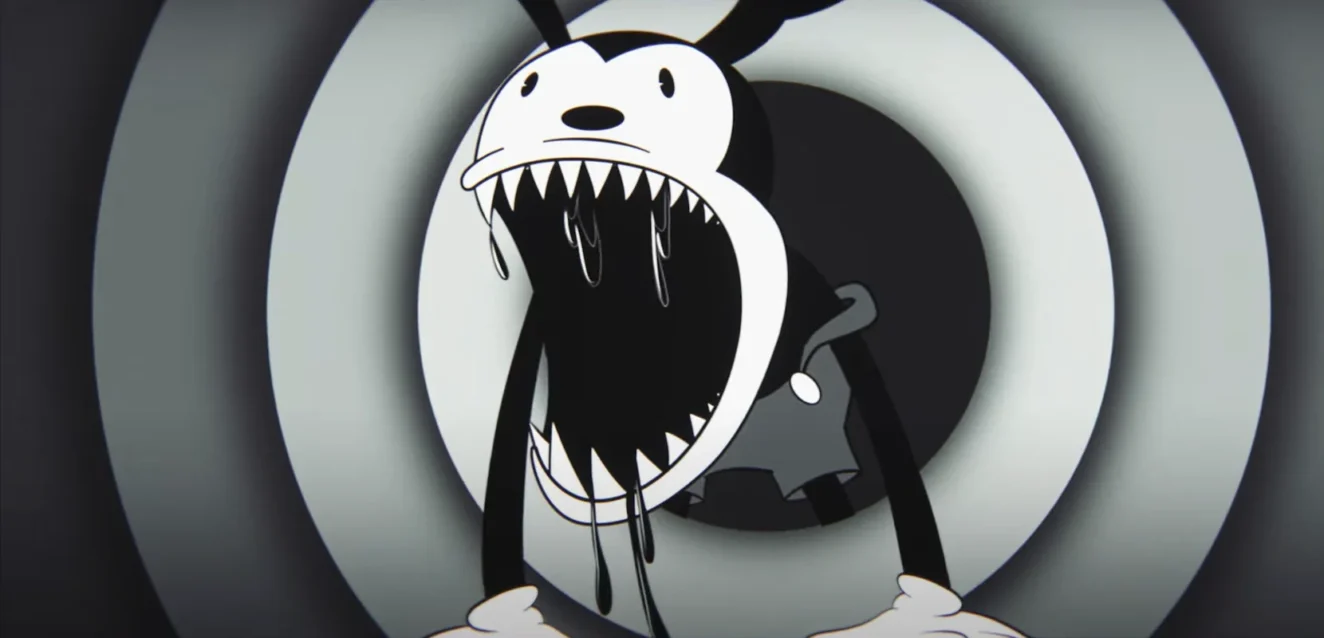
Ernie Hudson stated that “I am excited to work with everyone on this production. It’s an incredibly creative and smart project.”
Director Stewart also added “I had a very specific vision for Oswald’s character and knew I wanted Ernie for this role from the start, as I’ve always admired iconic cinematic legacy. Ernie is going to bring Oswald’s unique and vengeful spirit to life in the best way possible.”
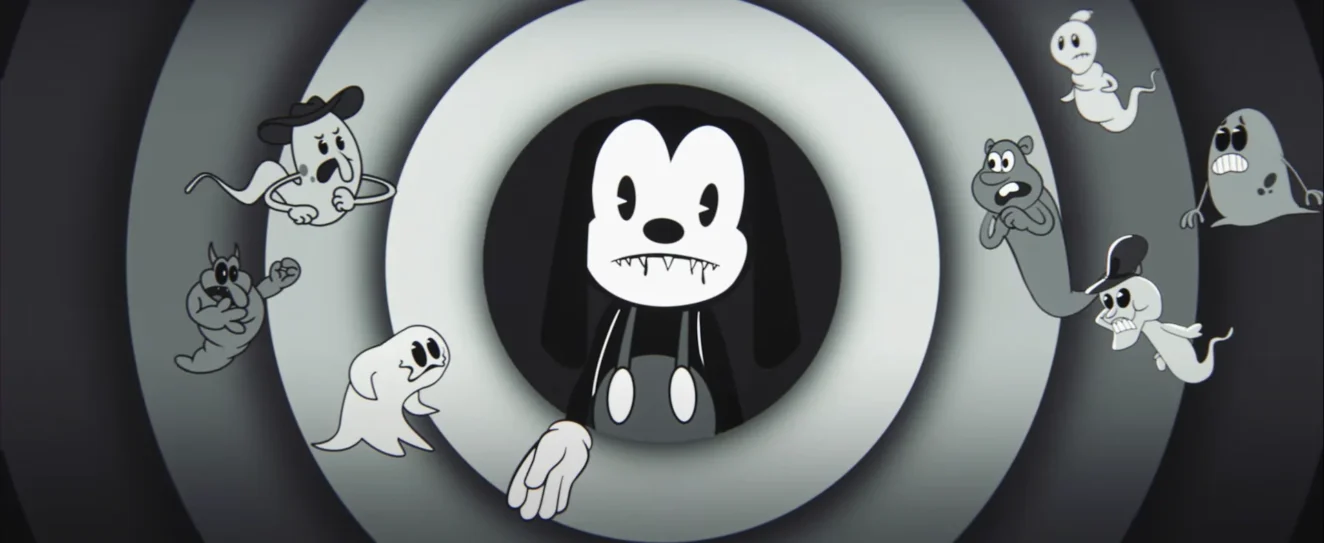
Lilton Stewart III and Lucinda Bruce are teaming up to write and direct the film. It stars actors Ernie Hudson (Ghostbusters 1984, The Crow 1994), Topher Hall (Single Drunk Female 2022), and Yasha Rayzberg (A Rainbow in the Dark 2021). Mana Animation Studio is helping produce the animation, Tandem Post House for post-production, and VFX supervisor Bob Homami is also helping. The budget for the film currently sits at $4.5M.
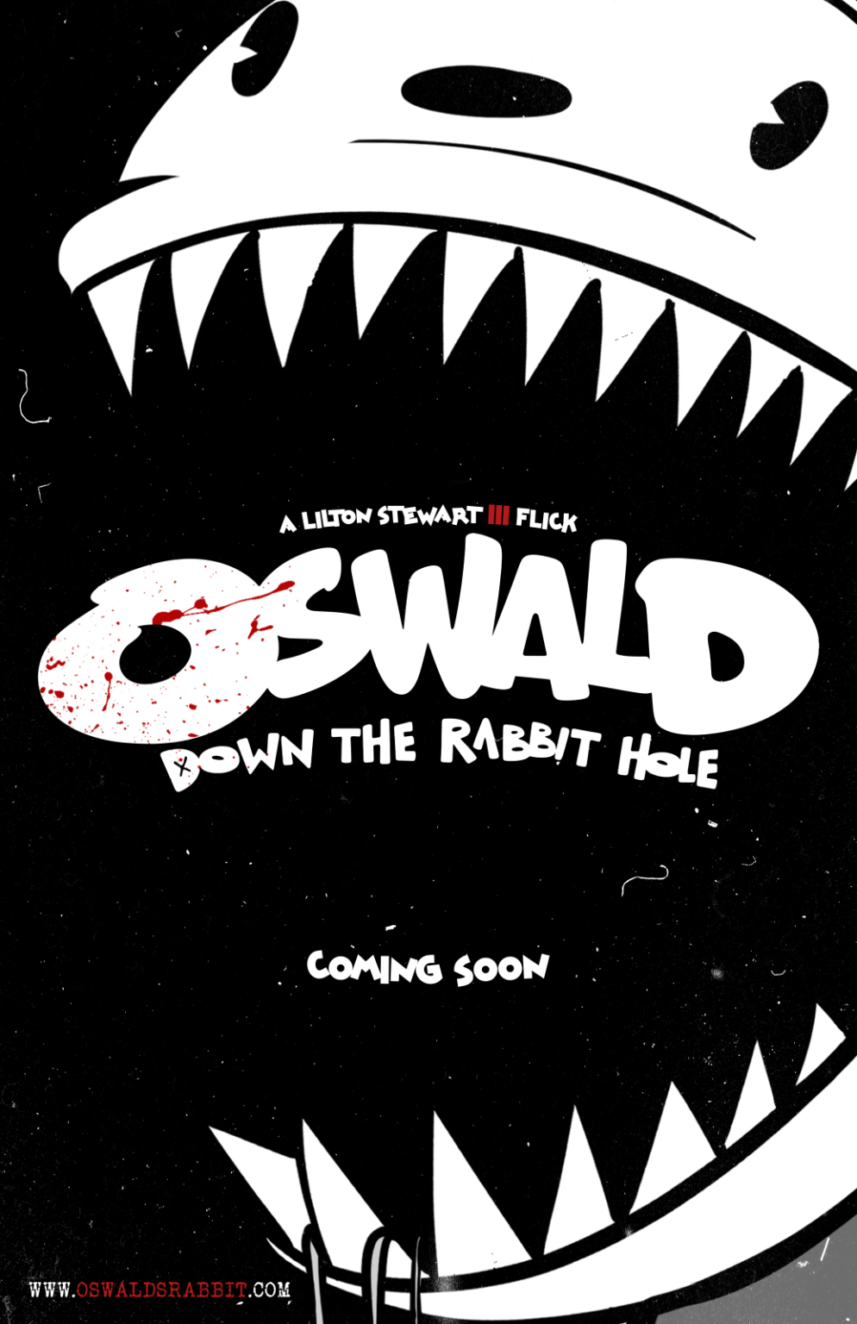
This is one of many classic childhood stories that are being turned into horror films. This list includes Winnie the Pooh: Blood and Honey 2, Bambi: The Reckoning, Mickey’s Mouse Trap, The Return of Steamboat Willie, and many more. Are you more interested in the film now that Ernie Hudson is attached to star in it? Let us know in the comments below.
Listen to the 'Eye On Horror Podcast'
-
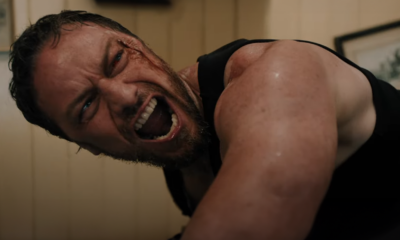
 Trailers5 days ago
Trailers5 days agoJames McAvoy Captivates in the New Trailer for ‘Speak No Evil’ [Trailer]
-
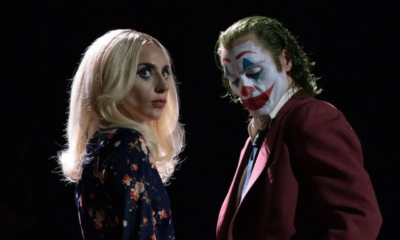
 Trailers7 days ago
Trailers7 days ago‘Joker: Folie à Deux’ Official Teaser Trailer Releases And Showcases Joker Madness
-
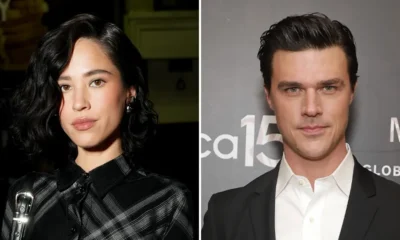
 Movies6 days ago
Movies6 days agoSam Raimi Produced Horror Film ‘Don’t Move’ Is Headed To Netflix
-
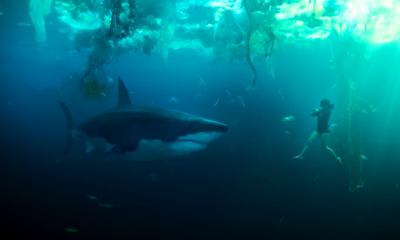
 Trailers4 days ago
Trailers4 days agoWatch the trailer for ‘Under Paris,’ the movie people are calling ‘French Jaws’ [Trailer]
-

 Trailers6 days ago
Trailers6 days ago“The Contestant” Trailer: A Glimpse into the Unsettling World of Reality TV
-
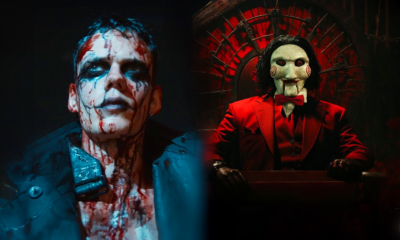
 News6 days ago
News6 days ago“The Crow” Reboot Delayed to August & “Saw XI” Postponed to 2025
-
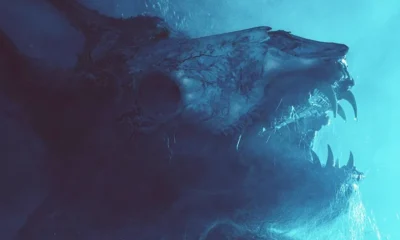
 Movie Reviews7 days ago
Movie Reviews7 days ago‘Skinwalkers: American Werewolves 2’ is Packed with Cryptid Tales [Movie Review]
-
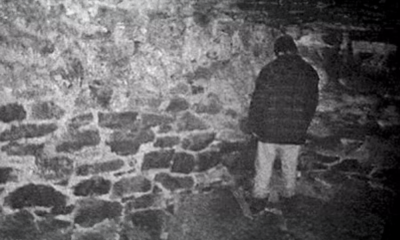
 Movies6 days ago
Movies6 days agoBlumhouse & Lionsgate to Create New ‘The Blair Witch Project’
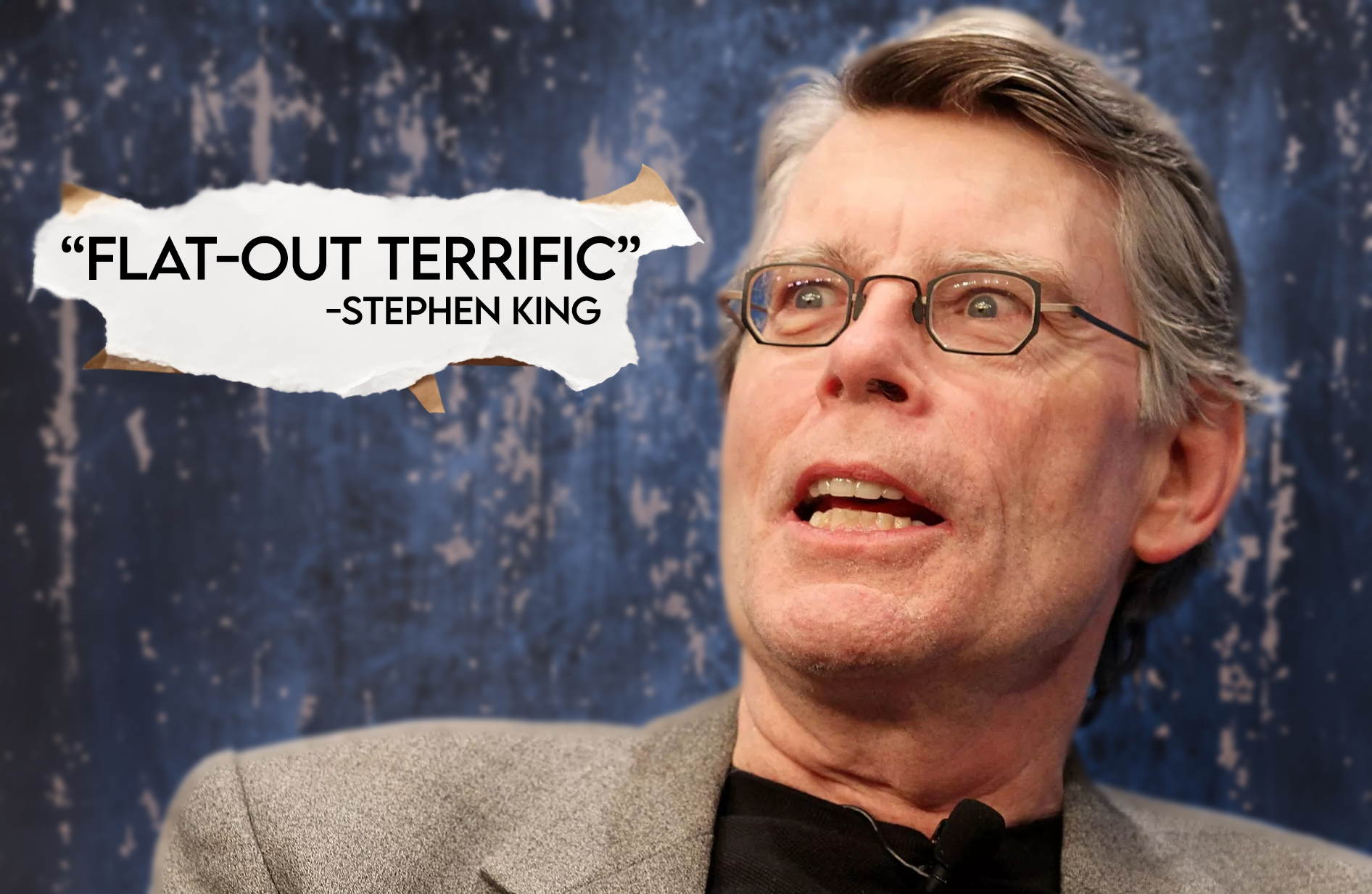
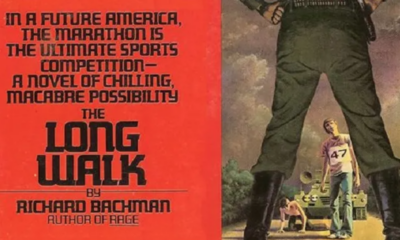















You must be logged in to post a comment Login